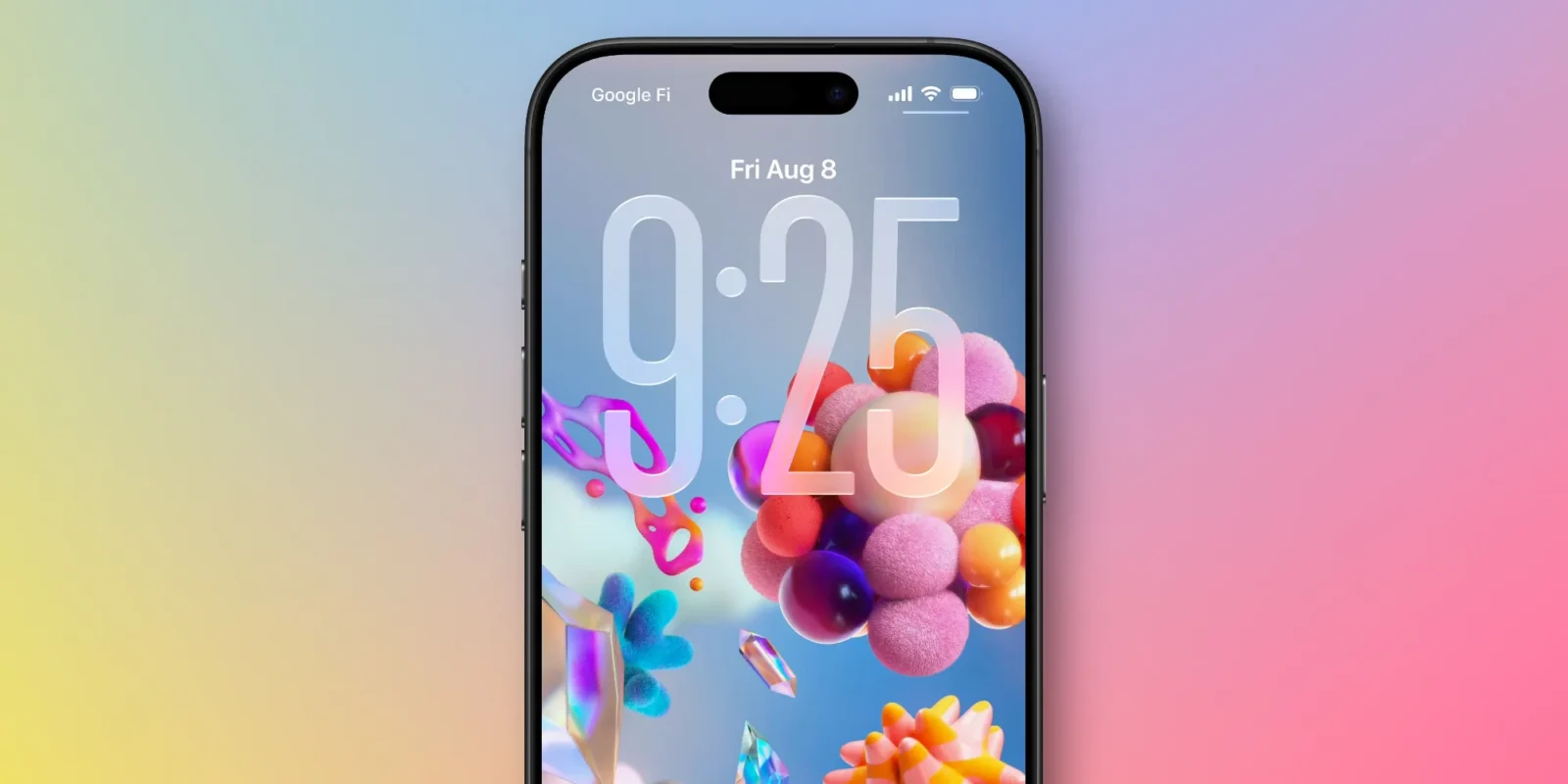Pablo Larraín’s Maria is not your typical biopic. It’s a haunting, hallucinatory, and deeply unsettling portrait of an icon in decline, a woman grappling with the loss of her voice and the echoes of a tumultuous past. Angelina Jolie, in a performance that can only be described as a tour de force, embodies Maria Callas with a raw intensity that transcends mere imitation. This is not a film that seeks to sanitize or sentimentalize Callas’s story. Instead, it delves into the complexities and contradictions of a woman who was both fiercely independent and profoundly vulnerable, a legend haunted by her own greatness.
Maria
Larraín’s masterful direction creates a world that is both opulent and claustrophobic, mirroring Callas’s own gilded cage. The film is visually stunning, with cinematographer Claire Mathon (known for her work on Portrait of a Lady on Fire and Spencer) capturing the faded grandeur of 1970s Paris in a palette of muted tones and rich textures. The camera lingers on Jolie’s face, capturing every nuance of her performance, from the haughty tilt of her chin to the flicker of vulnerability in her eyes.
The sound design is equally impressive, weaving together Callas’s iconic voice with a haunting score that underscores the film’s psychological depth. The use of Callas’s actual recordings is particularly effective, creating a stark contrast between the power of her past and the fragility of her present. The film’s sound design is a character in itself, amplifying the emotional impact of every scene.
Angelina Jolie disappears into the role of Maria Callas, delivering a performance that is both physically and emotionally transformative. She captures Callas’s regal bearing, her sharp wit, and her deep-seated insecurities with equal measure. Jolie’s performance is not an impersonation; it’s an embodiment. She inhabits Callas completely, channeling her essence rather than simply mimicking her mannerisms.
Jolie’s physical transformation is equally remarkable. She underwent extensive vocal training to capture the nuances of Callas’s speaking voice, and she adopted a posture and gait that reflect Callas’s commanding presence. But it’s Jolie’s eyes that truly captivate. They convey a world of emotions, from the fiery defiance of a woman refusing to be forgotten to the quiet despair of a soul grappling with loss and loneliness.
Maria is more than just a biopic; it’s a meditation on the nature of fame, the burden of legacy, and the fragility of memory. The film explores the complex relationship between an artist and their art, the sacrifices made in the pursuit of greatness, and the toll that fame can take on one’s personal life.
The film also delves into the psychological impact of trauma, exploring how Callas’s childhood experiences shaped her personality and her relationships. The flashbacks to her early life in Nazi-occupied Greece are particularly poignant, revealing the roots of her insecurity and her fierce determination to succeed.
One of the most striking aspects of Maria is its dreamlike quality. The film blurs the lines between reality and fantasy, past and present, creating a hallucinatory atmosphere that mirrors Callas’s own mental state. As her health deteriorates, she becomes increasingly detached from reality, slipping into vivid memories and imagined conversations.
These dreamlike sequences are some of the film’s most powerful, offering a glimpse into Callas’s inner turmoil. They are also visually stunning, with Larraín employing a variety of techniques to create a sense of disorientation and unease. The use of slow motion, distorted sound, and fragmented editing creates a surreal and unsettling experience that draws the viewer into Callas’s fractured psyche.
While Jolie’s performance is undoubtedly the centerpiece of Maria, the supporting cast is equally impressive. Alba Rohrwacher brings a quiet dignity to the role of Bruna, Callas’s housekeeper, while Pierfrancesco Favino provides a touch of warmth and humor as Ferruccio, her valet. Both actors deliver nuanced performances that capture the complex dynamics between Callas and those who cared for her.
The film also features a number of memorable cameos, including Kodi Smit-McPhee as a fictional TV interviewer who becomes the object of Callas’s delusions, and Haluk Bilginer as Aristotle Onassis, the love of her life. These brief but impactful appearances add depth and complexity to Callas’s story, highlighting the impact that her relationships had on her life and her art.
Maria is ultimately a film about mortality. It’s a poignant reminder that even the greatest icons are human, subject to the same frailties and vulnerabilities as the rest of us. The film doesn’t shy away from depicting the physical and emotional toll that aging takes on Callas. We see her struggling with her health, her voice, and her memories.
But even in decline, Callas remains a force to be reckoned with. She is defiant, witty, and fiercely independent. She refuses to be defined by her losses, clinging to the remnants of her greatness with a tenacity that is both admirable and heartbreaking.
Maria is a cinematic triumph, a film that is both beautiful and disturbing, haunting and unforgettable. Angelina Jolie delivers a career-defining performance, capturing the essence of Maria Callas with a raw intensity that is both mesmerizing and heartbreaking. Pablo Larraín’s masterful direction creates a world that is both opulent and claustrophobic, mirroring Callas’s own gilded cage.
This is not a film for the faint of heart. It’s a challenging and emotionally demanding experience that will stay with you long after the credits roll. But for those who are willing to delve into its depths, Maria offers a profound and unforgettable portrait of an icon in decline.






